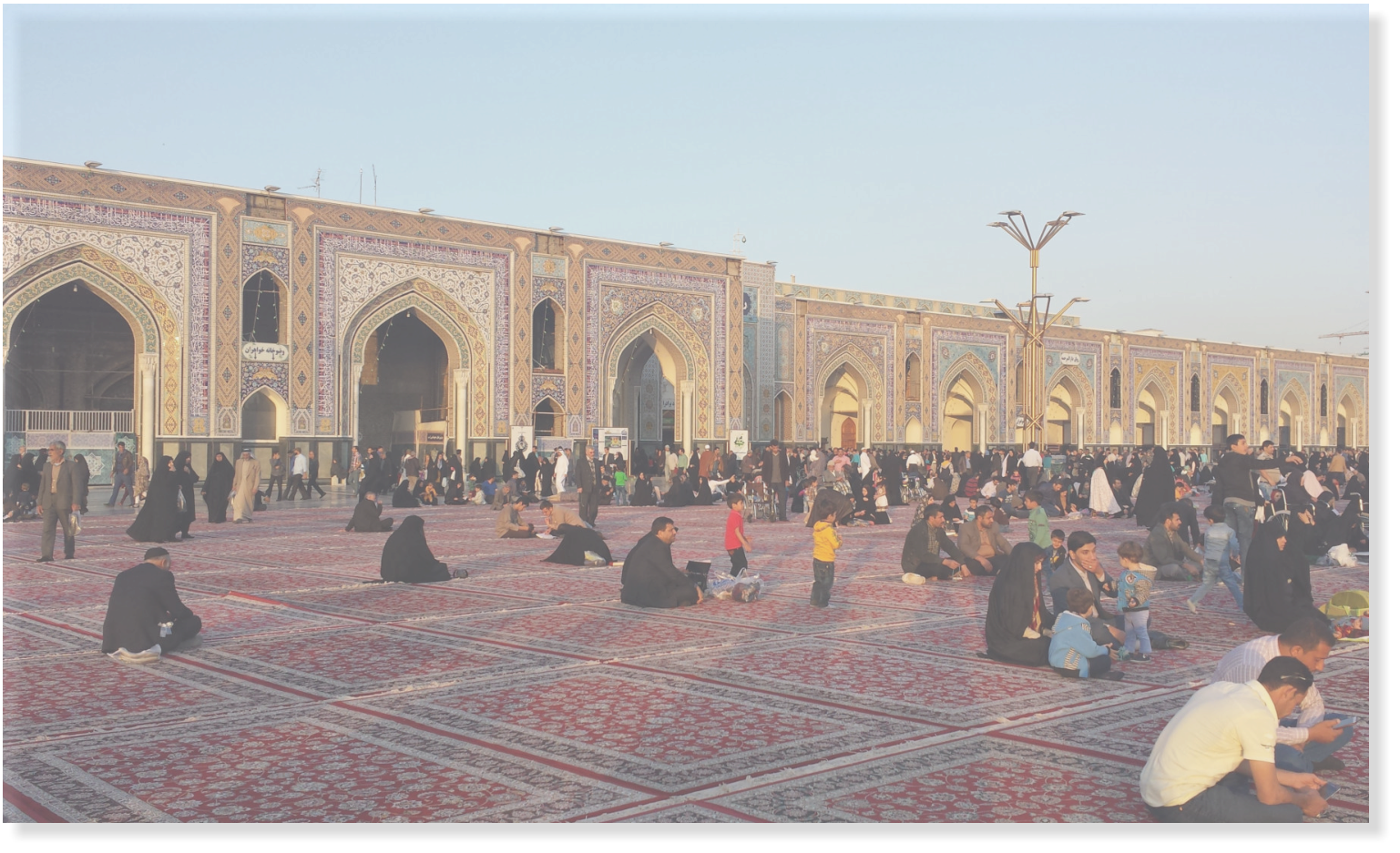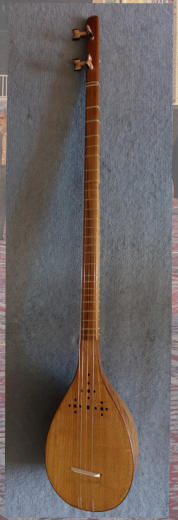
The setâr is an Iranian musical instrument whose name means "three strings" in Persian.
It is a member of the family of long-necked lutes. It originated in Persia at the time of the expansion of Islam.
It is a direct descendant of tambûr1 old about 3000 years, and a direct relative of the Indian sitar. It is a variant in Azerbaijan,
Tajikistan and India in Kashmir.
The setâr consists of a box rounded resonance composed of thin strips of wood (beech or mulberry) glued-laminated.
The beech soundboard is very thin and pierced with tiny openings. The neck, long and thin, is fruit or walnut and
boxwood four pegs.
The instrument has 25-27 frets not regularly arranged to unsuspecting eyes, to play quarter tones. There are two and a half
centuries , A fourth string was added, often given to higher octave of the bass string to give more scope there.
It is generally agreed as follows: C3 - Sol2 - C3 - Do2. The registry setâr is two and a half octaves .
Despite its small size , it is quite sound
.









